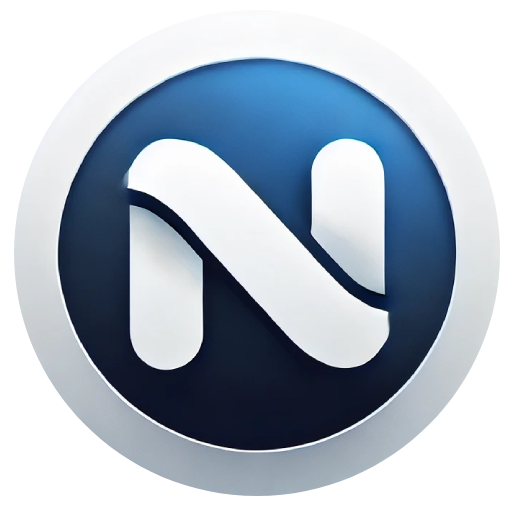I find most design trends irritating — not because they exist, but because too many designers follow them instead of forging their own. Then again, maybe that’s just my rebellious nature talking.
There’s nothing wrong with using trends for inspiration or to practice various techniques. But latching onto a popular aesthetic as if it’s your identity? That’s just uninspired — especially if you consider yourself a creative professional.
Take Airbnb’s recent Lava icon format — currently causing quite a stir among designers. The icons stand out for their dimensional look — a so-called break from the flat, minimal trend that’s really just recycled Web 2.0 aesthetics. But more importantly than the visuals, they use a custom animation format.
Instead of using standard video, Lottie, or WebGL, Airbnb created a lightweight proprietary format for animated UI icons. It supports transparency and runs smoothly across platforms using their own playback engine. The result is a low-key, technically efficient solution tailored to their design system.
Cool? Sure. Game-changing? Not really.
It’s just another gimmicky trend that’ll be overused by designers until the next shiny thing comes out of Silicon Valley — assuming we’re still employed by then. But hey, I’m sure our AI overlords will credit us in the footnotes.
The video below by Michal Malewicz shows just how effortlessly AI can generate these dynamic icons — maybe too effortlessly. Aside from the animation, these icons remind me of 2010 all over again — minus the part where designers actually, you know, design stuff.
This new aesthetic shift sparked a question in my mind — why are we so quick to react and follow design trends instead of creating them? And more importantly, why are we feeding those trends with the same technology that threatens to hollow out the value of creative work? That’s like a sheep teaching wolves how to season meat — it’s the opposite of self-preservation.
Designers already have the tools — not just digital, but physical, emotional, and cultural — to shape what comes next. And with AI stripping creative work of depth and nuance, maybe the next shift shouldn’t be about advancing the tech, but about returning to what’s raw, handmade, and unpredictable. Less about outcomes, more about process.
I’m not talking about arts and crafts. I’m talking about a process that requires both expertise and experimentation — where clear vision meets material intuition. Where the story of creation is just as important as the final result. And where the medium isn’t chosen for convenience, but for its ability to convey meaning through the craft itself.
Most contemporary design leans on minimalism and “clean” aesthetics — traits that aren’t principles so much as trends, and like any trend, they’re fleeting. What passes for “usable” today often masks a deeper fear of disruption — a retreat into sterile, risk-averse conformity at the expense of expressive creativity.
Maybe it’s time to be bold. Brave. Experimental. Unruly. Time to stop letting authoritarian tech giants like Google and Apple dictate the future of design.
Maybe it’s time for humans — driven by imagination, emotion, and real creativity — to shape what comes next. We don’t need permission to create work that feels alive and personal.
That being said, here are a few hands-on techniques that can reignite that spark — or at least offer an inspirational avenue for expression and experimentation as technology slowly strips away our creative soul.
